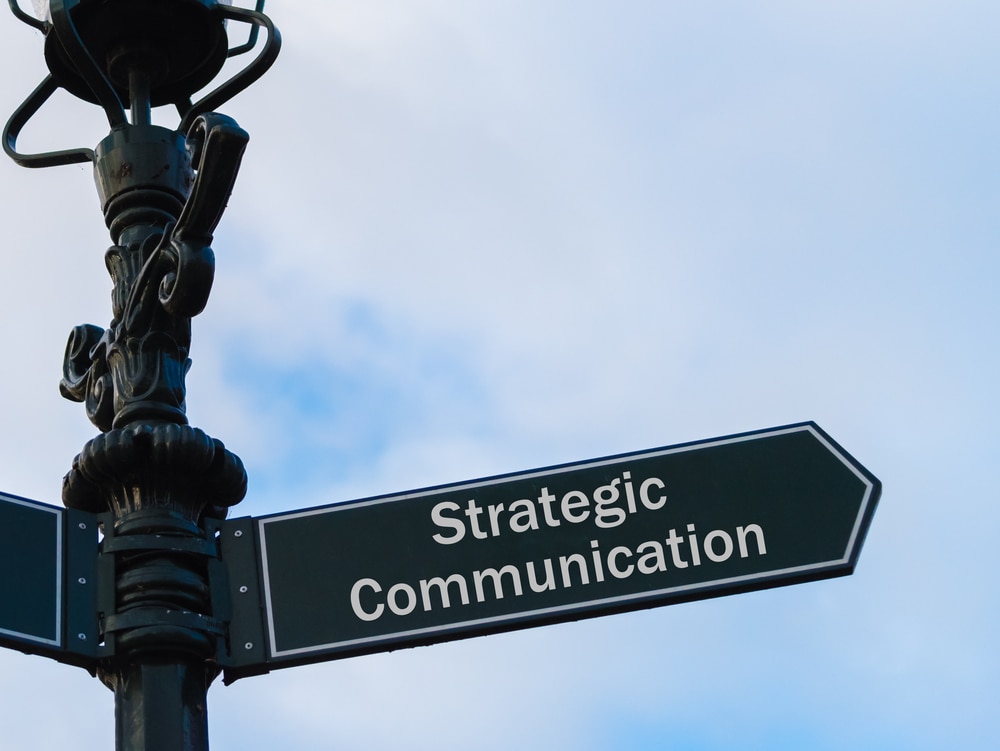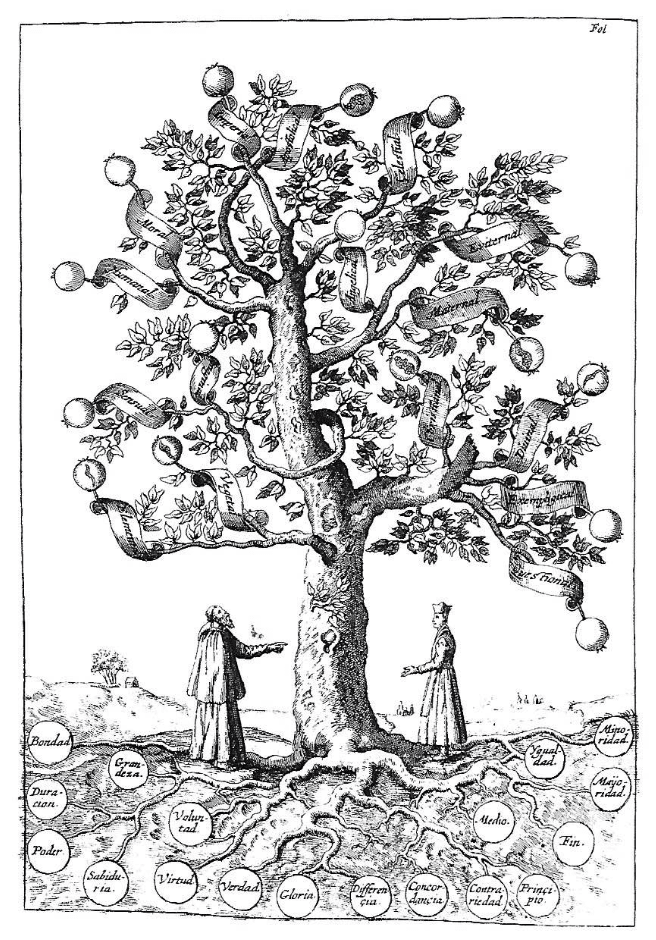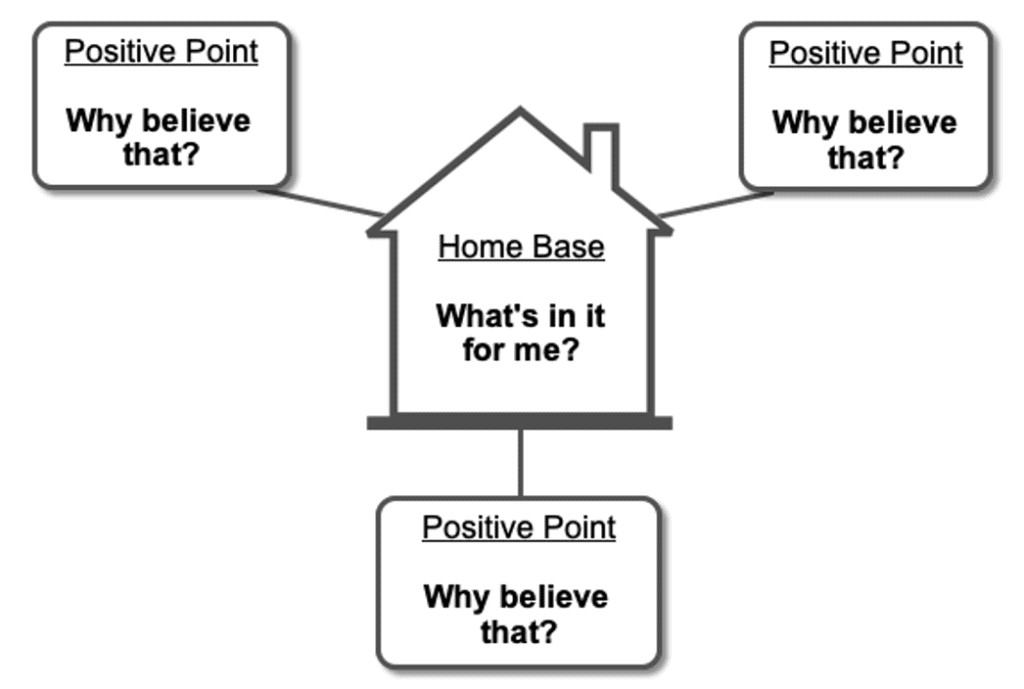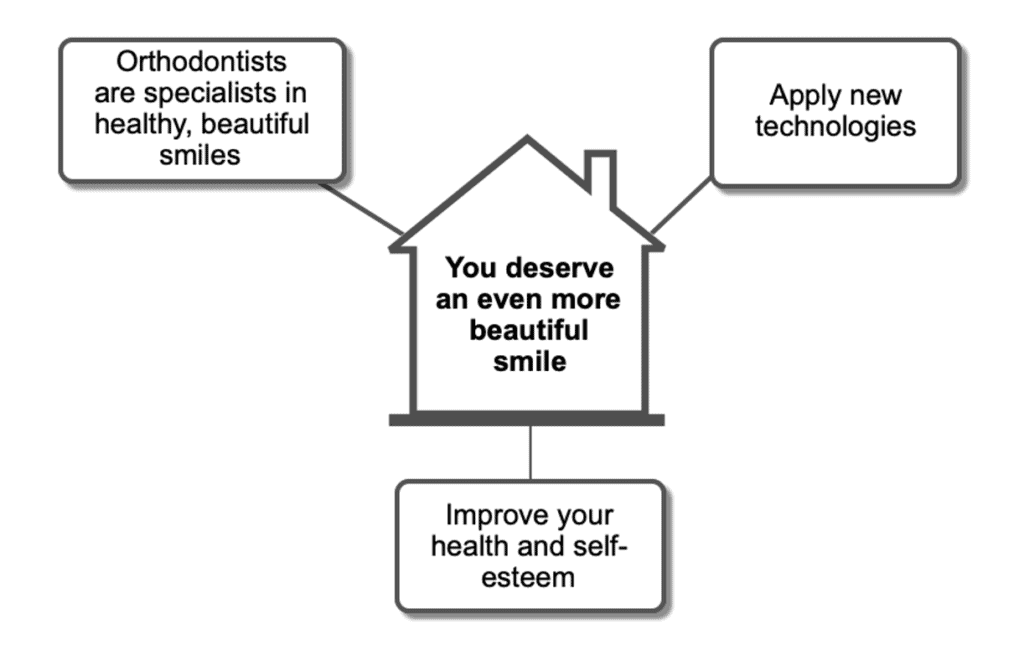
When you see what to say, you say what you mean
See what to say and say what you mean with a Message Map.
Developing a strategic message is a big job that every organization needs to get done.
Creating your strategic message today saves tons of work tomorrow. And it heads off the chaos and confusion that arise if you don’t have a message.
To simplify the jobs of creating and communicating your strategic message effectively, we created a template called a Message Map. With a Message Map, you:
- See what to say.
- Say what you mean.
- Deliver a clear, concise, consistent, and compelling message.
Why make your message into a map?
Because a Message Map gives you a simple, intuitive, visual way to create and deliver your message. Message Maps help you:
- Manage complex information and simplify how you say it.
- Know where you’re going with your message, so you never get lost.
- Logically connect the dots, so people follow the message easily.
- Align people in your organization around a single source of truth.
- Expose information gaps and unknowns that need to be addressed.
- Make your message more memorable by making it visual.
Message Maps have deep roots in tree diagrams, used to organize information as early as 1592. The branching structure of trees fits the need to connect the information in a logical, visual way. You’ve probably heard about “root causes” and the “branches of science.” Both refer to tree diagrams.

Message Maps also reflect lessons about communications and persuasion from cognitive neuroscience and social psychology. To successfully get a message across, you need to understand how humans send, receive, process, and remember information.
Two ways to hook people’s attention
A 7-second Message Map is designed to hook audiences’ attention with two elements:
- Home base, your main message, answers the question what’s in it for me?
- Positive points offer three reasons to believe the main message.
Combine these elements into the anatomy of a 7-second Message Map:

To see how a Message Map works, here’s an example from a professional association of orthodontists:

The heart of a Message Map is the home base or your main message. It needs to directly answer the audience’s question, What’s in it for me?
In this case, “You deserve an even more beautiful smile.”
This is a compelling home base because it conveys an emotional message, happiness, with a picture you can visualize – your smile. An emotional home base is key, since most people make decisions with their emotions first, reasoning second.
Humans are not thinking machines who feel. We are feeling machines who think. That’s why rational arguments alone seldom change people’s minds. In the face of facts, humans are more likely to harden their existing position than change their minds.
Paint a Picture
It’s smart to paint a picture in your home base – in this case, your smile. Pictures help your words get remembered since humans have two cognitive subsystems – one for nonverbal objects and events, another for words. Concrete words help human brains see pictures, activating a larger semantic network. People recognize concrete words faster and remember them better, a response neuroscientists call “dual coding.”
Orthodontists’ Message Map
The orthodontists’ Message Map adds 3 reasons to believe you’ll receive the promised benefits. In this case, orthodontists:
- Are specialists in healthy, beautiful smiles.
- Apply new technologies.
- Improve your health and self-esteem.
Since every organization is human, each comes with its own unique, built-in communications needs. These needs include a clear, concise, consistent, and compelling message that answers customers’ first question first: what’s in it for me?
By putting your audiences’ needs first when you frame your message, a Message Map helps you hook people fast.
Learn more about Message Maps in this blog: What Is a Message Map?
For help to create your Message Map, write george@crystalclearcomms.com
Related Posts
News media interview? Be brief to be remembered.
Research shows that earned media, media coverage an organization did not pay for, drives brand awareness best. And, unlike paid media, it’s free. But to...
To Make Buying Frictionless, Apply Big Data to Content Marketing
The Big Data-Driven Business, a book by Russell Glass & Sean Callahan, offers many useful insights for successful content marketing. Big companies are using...
How do you ensure marketing project success?
Have you ever worked on a marketing project, only to see it languish and never get completed? It’s frustrating when something you worked on...
Message Maps Outperform Outlines, Scripts and PowerPoint
On stage, one page beats other formats A 1-PageTM Message Map is a simple diagram that helps you deliver your business message even more...





